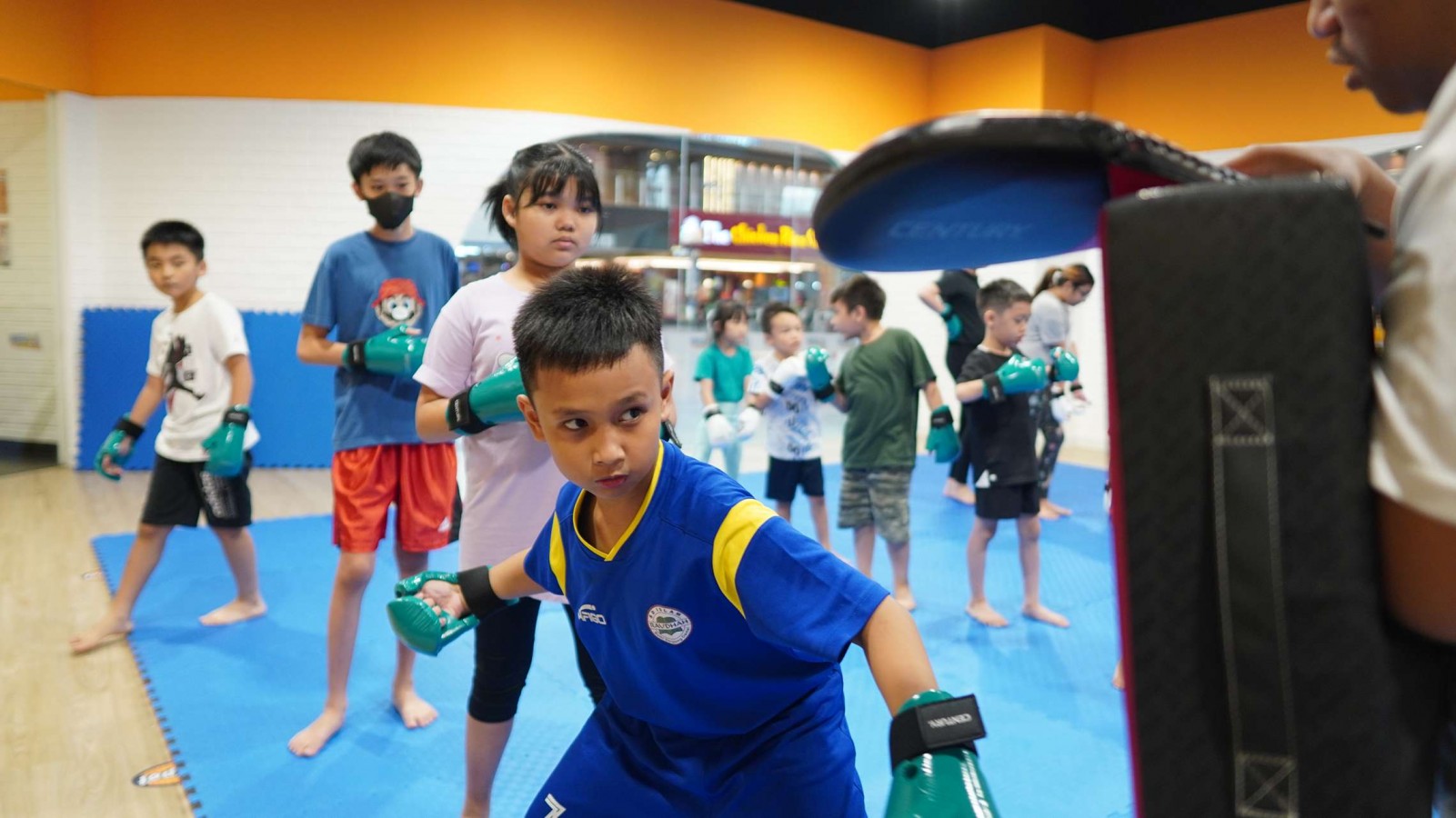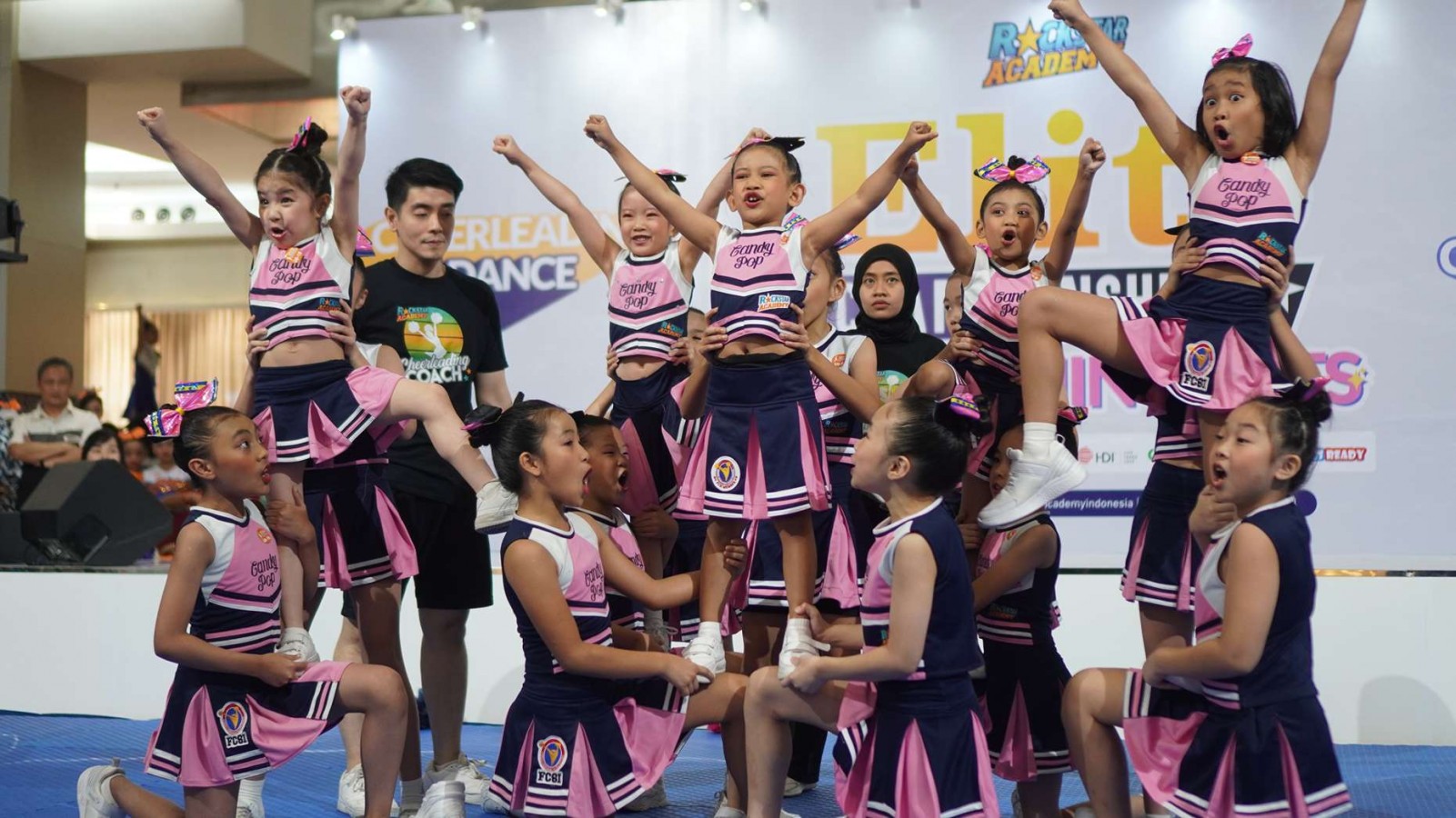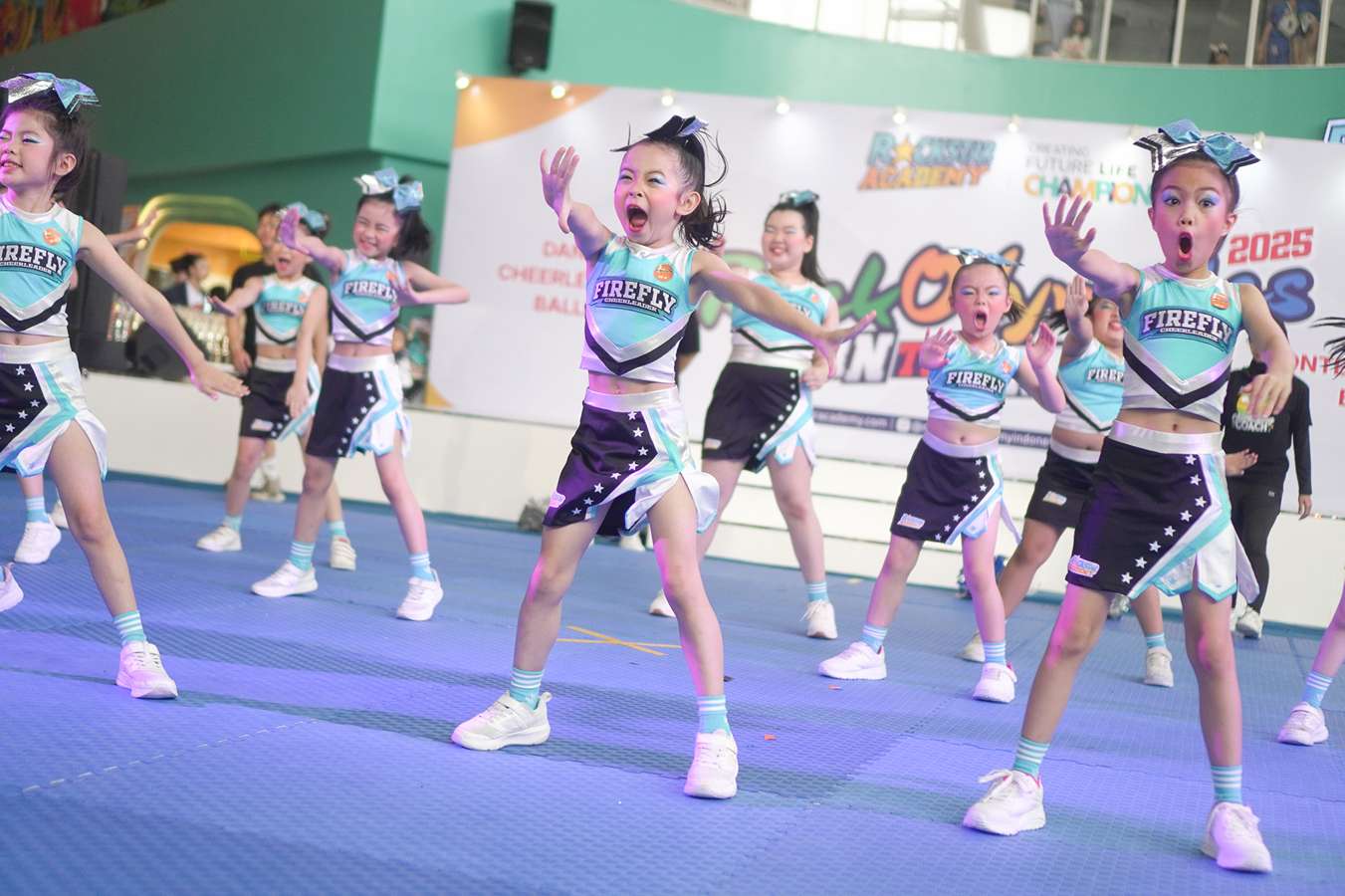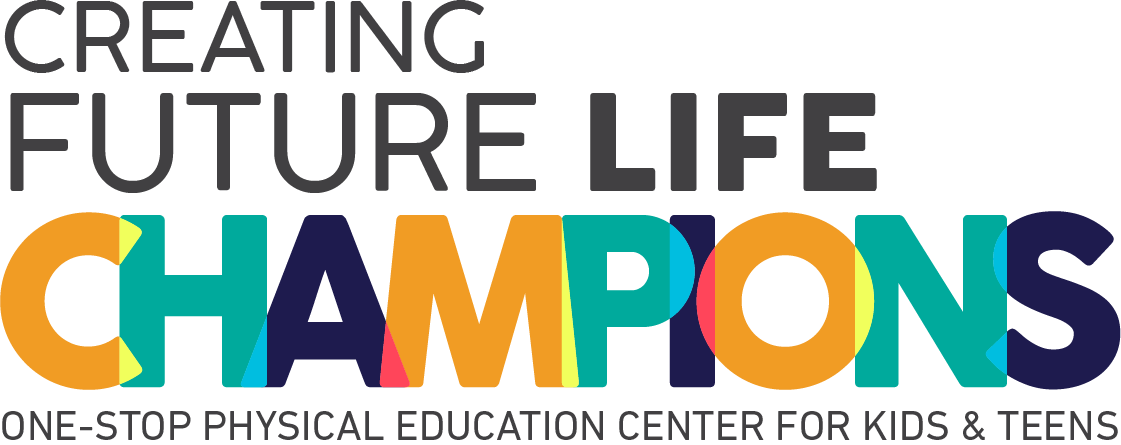Understanding and Developing Stage Presence for Dancers
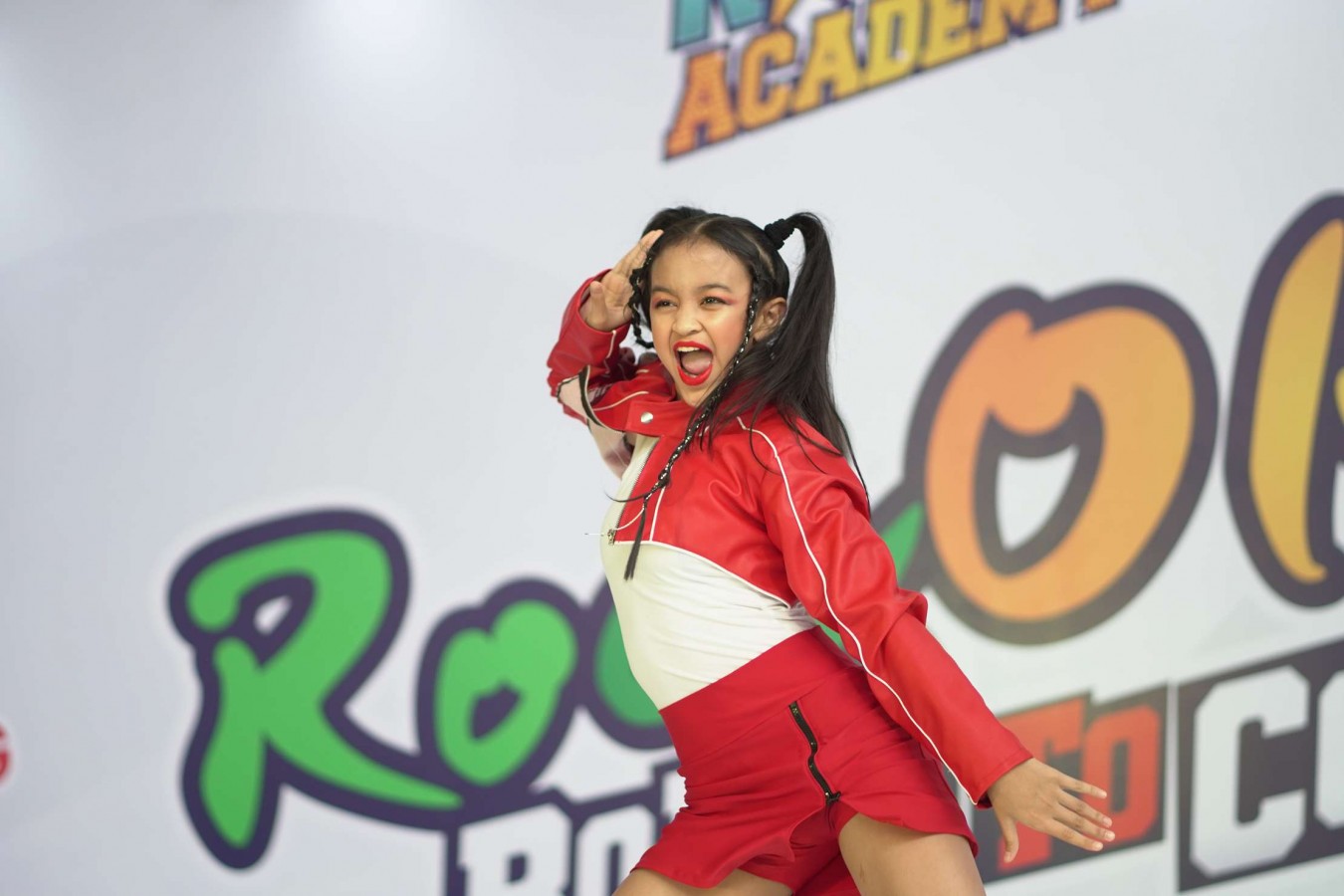
Ever watched a dance performance where one dancer just captivates your eyes? Even if they’re not in the front row, you can’t help but follow their every move. That magical it factor they have? That’s called stage presence and yes, it can be learned and developed!
Mastering stage presence can take your performance from good to unforgettable. Ready to shine like a superstar every time you step on stage? Let’s dive into the world of stage presence and learn how to build it from the inside out!
What Is Stage Presence?
Stage presence is the energy, confidence, and charisma a dancer projects during a performance. It’s about how you connect with the audience, tell a story through your body, and express genuine emotion.
Think of stage presence as your performance personality. It makes people feel something. It draws the audience into your world. You don’t need to be the most technically perfect dancer to have it. Even simple steps can look magical when done with strong stage presence!
Key Elements of Stage Presence
So, what makes someone stand out on stage? Let’s take a look at the key ingredients that every great performer brings to the stage:
1. Facial Expression
Your face tells the audience what you’re feeling. Whether your dance is happy, sad, fierce, or playful, your face should show that emotion.
If your face is blank or nervous, it can make your performance feel disconnected. Practice smiling, showing emotion, or even just softening your face when needed since it makes a big difference!
2. Eye Contact
Even if you’re not looking directly at someone in the audience, your eyes should still say something. Use your eye focus to express confidence and emotion.
Avoid looking at the floor or letting your eyes wander, instead keep them purposeful. Strong eye contact pulls people in and makes them feel part of your performance.
3. Body Language and Posture
How you carry yourself on stage matters a lot. Stand tall, move with intention, and don’t let your body look tired or unsure. Good posture shows confidence and makes your movements look cleaner and stronger. Even when you’re still, you can “stand like a dancer” and look ready to perform.
4. Energy and Commitment
You don’t need to do the biggest jumps or fastest turns to stand out, but you do need to dance with full energy. Giving 100% effort shows the audience that you love what you’re doing. Dancing halfway or holding back makes a performance feel flat. Go all in, and people will notice!
5. Connection with the Music
Great dancers feel it in every part of their body. Whether it’s a strong beat or a slow, quiet moment, let the music guide your movement and expression. When your body and the music work together, your performance feels alive and real.
6. Authenticity
The best stage presence comes from being yourself. Don’t try to copy someone else’s style or fake an emotion you don’t understand. Instead, bring your own personality into your performance. When you’re real and genuine, the audience will feel it!
Why Is Stage Presence Important?
Here’s why developing strong stage presence is so important:
- Makes you memorable
- Brings dance choreography to life
- Boosts your confidence
- Catches the judges’ ryes
- Helps you connect with the audience
How to Improve Stage Presence
Stage presence is a skill that can be practiced and improved by anyone. Below are eight effective and practical ways to help you shine every time you step on stage:
1. Practice Facial Expressions in the Mirror
Facial expressions in dance are a key part of storytelling through dancing. Your face communicates emotion before your body even moves. Practicing in front of a mirror helps you become aware of how you look to an audience.
The goal is to feel comfortable exploring a range of emotions that match the tone of your performance.
2. Film Yourself Performing
Recording your performances may feel awkward at first, but it's one of the most effective tools for improvement. Watching your videos helps you view yourself from the audience’s perspective and catch things you may not feel in the moment.
Look for three key elements: energy level, facial expression, and posture. If you're dancing a lyrical solo and notice you lack expression during emotional parts, you can now make adjustments. Try filming your routine multiple times and pick the take where you look most confident and alive.
3. Perform in Front of Friends or Family
Getting comfortable performing in front of others is a great way to reduce stage anxiety and practice being watched.
Start small by asking a few friends or family members to be your audience. Treat it like a mini-performance, using full energy and expression. Afterward, ask them for feedback. What emotions did they feel? Did you look confident?
This helps you learn what’s working and what can be improved. For example, your little sister might say, “You looked happy, but I think you could smile more during the fast part.” Simple insights like this go a long way in building presence and confidence.
4. Join a Dance Class That Builds Performance Skills
Taking dance classes at a place like Rockstar Academy is a great way to improve not just your technique, but also your stage presence. At Rockstar Academy, dance classes are designed to help dancers learn how to tell stories, show emotion, and build confidence through movement.
Instructors often include performance-based exercises to help you become more comfortable expressing yourself. You might practice dancing as if you’re celebrating something exciting, or perform a short routine that tells a story without words.
These fun and supportive activities train you to react naturally on stage, connect with the audience, and shine in any performance. Plus, you get to practice these skills in exciting events like Dance Recital, Elite Championships, and RockOlympics to grow as a confident and expressive performer!
5. Work on Confidence and Mindset
A confident mindset can transform your presence on stage. It’s about believing you belong there. Use mental tools like positive affirmations, deep breathing, and visualization to prepare before a performance.
Tell yourself, “I am confident and expressive,” or “I bring energy to the stage.” Visualize yourself dancing perfectly, hitting every move, and hearing applause at the end.
Dancing with confidence radiates through your posture, expression, and movement, and it makes a huge difference in how the audience perceives you.
6. Use the Whole Stage
Great performers don't stay “small” on stage but they own the space. Even if your choreography doesn't move you from place to place, you can still project energy outward.
Be aware of your angles, use purposeful movements, and make sure your presence can be felt in every corner of the stage. Moving with intention and confidence helps you command attention, no matter where you are on stage.
7. Dance with Emotion
Emotional connection is what makes dance powerful. Before every routine, ask yourself: “What is the emotion I want the audience to feel?” Whether it’s joy, sadness, anger, or love, let that emotion guide your movement. Tap into your own experiences or imagination to channel feelings.
Let your arms, face, and posture reflect what’s going on inside. The audience may not remember every step, but they will remember the emotion you made them feel.
8. Learn from the Pros
One of the best ways to build stage presence is to observe dancers who already have it. Watch performances by professional dancers or your favorite dance idols and study how they captivate the audience. Pay attention to their expressions, transitions, confidence, and how they react to the music.
Let Your Stage Presence Shine!
Now that you understand what stage presence is and how to develop it, it’s time to put it into action and take your dancing to the next level. If your children are passionate about dance, this is the perfect moment to explore the Dance Program at Rockstar Academy.
As the best Sports & Performing Arts Academy, Rockstar Academy offers a wide range of physical activity programs that are both fun and empowering. Looking for even more focused training? We also offer Private Instructions which is perfect for students who want personalized, intensive coaching.
From tailored feedback and detailed progress reports to weekly at-home exercises and training videos, your child will receive all the support they need to grow confidently and consistently.
Best of all? We offer a free trial class, so your child can experience the Rockstar difference before committing. Don’t wait, sign up today and let your child shine with Rockstar Academy!
FAQ
Is stage presence more important than technique?
Both are important! But sometimes, a dancer with strong stage presence can outshine a technically perfect dancer who shows no emotion. The best performers combine both.
Can shy people develop stage presence?
Absolutely! Stage presence isn’t only for extroverts. Many shy people feel free on stage because it gives them permission to express themselves without words.
